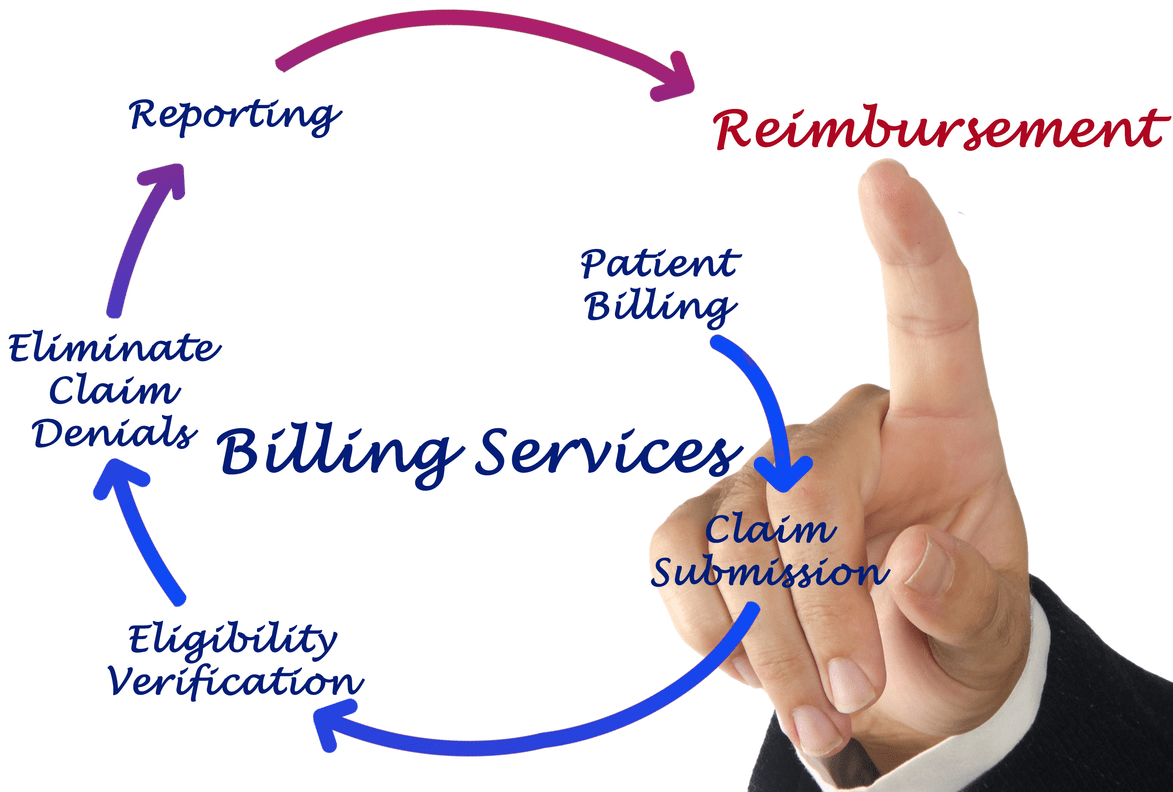Content Attributes
Security is a top priority for businesses of all sizes. With advancements in both hardware and software technologies, organizations now have access to smart access control systems that provide robust security measures while ensuring smooth operations. Leveraging these systems enables businesses to effectively control who can enter or access different areas, safeguarding both physical and digital assets.
The Importance of Smart Access Control
Traditionally, businesses relied on simple lock-and-key mechanisms or basic password systems to manage access. However, these methods are increasingly vulnerable in the face of modern security challenges. Smart access solutions that combine hardware and software offer a more comprehensive approach, integrating technology to improve security, convenience, and flexibility.
Smart access control systems use a combination of hardware such as biometric scanners, keycards, and security cameras, alongside sophisticated software to manage and monitor access. User provisioning is a key part of this; to better understand it, you can look at the user account provisioning definition here. This integration enhances both physical and digital security, allowing businesses to tailor their access management to suit various departments, employees, and security needs.
Hardware Solutions for Smart Access Control
- Biometric Access Systems: Biometrics such as fingerprint, facial recognition, and retina scanning are among the most secure forms of hardware for access control. These systems are highly reliable because they’re based on unique biological features, making it difficult for unauthorized individuals to bypass them.
- Keycard and RFID Systems: Radio Frequency Identification (RFID) cards and keycard systems are commonly used in businesses for secure access to restricted areas. Employees can be given personalized cards that provide them with access only to the areas they’re authorized to enter, ensuring better control over sensitive areas.
- Smart Locks: Smart locks are another hardware component often integrated with software systems for remote management. These locks can be controlled via mobile applications, allowing business owners to lock or unlock doors from anywhere and monitor who enters and exits the premises.
- Security Cameras and Surveillance Systems: Integrated security cameras are often connected to smart access control software, providing real-time monitoring of all entry points. This hardware-software combination can immediately alert security teams to unauthorized access attempts.
Software Solutions for Smart Access Control
- Cloud-Based Access Management: Cloud-based access control systems allow for remote management of all access points. These systems provide administrators with the ability to grant or revoke access to employees, contractors, or visitors from any location. This flexibility is especially useful for businesses with multiple sites or remote workers.
- Mobile Authentication: Mobile-based access control software allows users to gain entry via smartphones or other mobile devices. These systems often use Bluetooth, NFC, or QR code technology, enabling employees to use their devices as keycards.
- Integration with Other Systems: One of the key advantages of modern access control software is its ability to integrate with other business systems, such as human resources or IT systems. For example, when an employee is terminated, the system can automatically revoke their access credentials, ensuring immediate security measures are taken.
- AI and Analytics: Some smart access control systems now include AI-driven analytics to detect abnormal behavior or access patterns. This helps security teams to respond proactively to potential threats by flagging unusual activities such as multiple failed access attempts or entry outside of regular business hours.
Benefits of Smart Access Solutions
- Enhanced Security: By using a combination of biometric authentication, keycards, and mobile-based access, businesses can significantly reduce the risk of unauthorized access. Additionally, the integration of AI-driven software allows businesses to detect security breaches in real time.
- Convenience and Flexibility: Cloud-based and mobile access solutions provide business owners and security teams with flexibility, allowing them to control and monitor access even when they’re offsite. This ensures business continuity while maintaining security.
- Scalability: Smart access control systems are easily scalable, making them ideal for growing businesses. Whether you’re a small business or an enterprise, these systems can be expanded to include new locations, employees, or facilities without requiring a complete overhaul of existing security infrastructure.
- Compliance: Many industries have strict regulatory requirements around data security and access management. Smart access solutions can help businesses to comply with these regulations by providing detailed logs of all access events, enabling easier audits and compliance checks.
Conclusion
As businesses continue to adopt digital transformation strategies, securing both physical and digital assets becomes paramount. Leveraging smart access control systems that integrate hardware and software can provide the necessary tools to manage access securely, efficiently, and flexibly. These systems offer enhanced protection, convenience, and scalability, making them essential for any modern business looking to safeguard its assets and maintain operational security.
By combining state-of-the-art biometric systems, smart locks, cloud-based software, and AI-driven analytics, businesses can achieve a higher level of security while adapting to the needs of a dynamic and fast-paced work environment.



